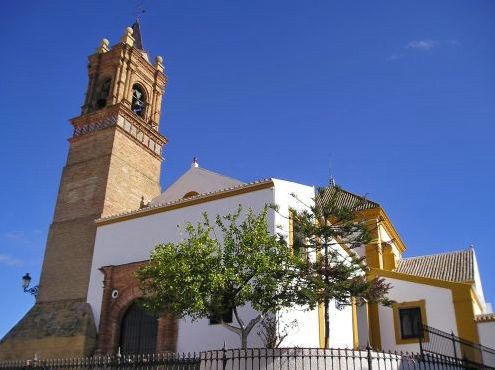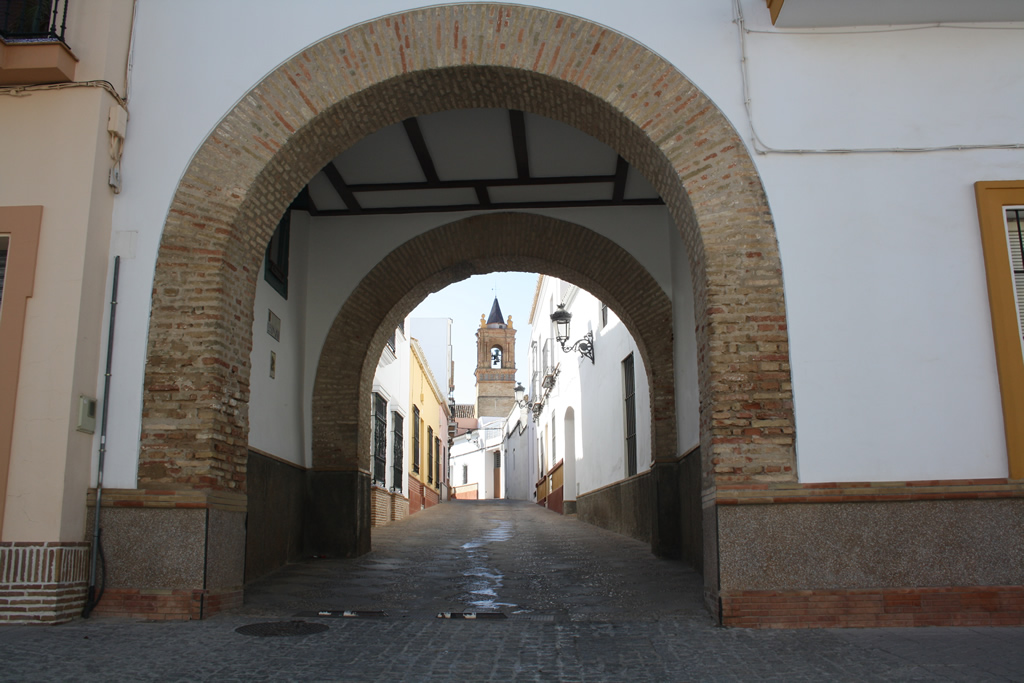1.Ducal Palace of the Dukes of Arcos:
Chronology: 15th-20th century. Style: Mudéjar.
This property consists of several buildings constructed over the past five centuries. Its construction is attributed to the Ponce de León lineage, who used it as their residence in the town. In addition to the preserved rooms, the municipal ethnographic collection donated by the population can be admired inside. Currently, it serves as the headquarters for the Antonio Mairena Flamenco Festival.







